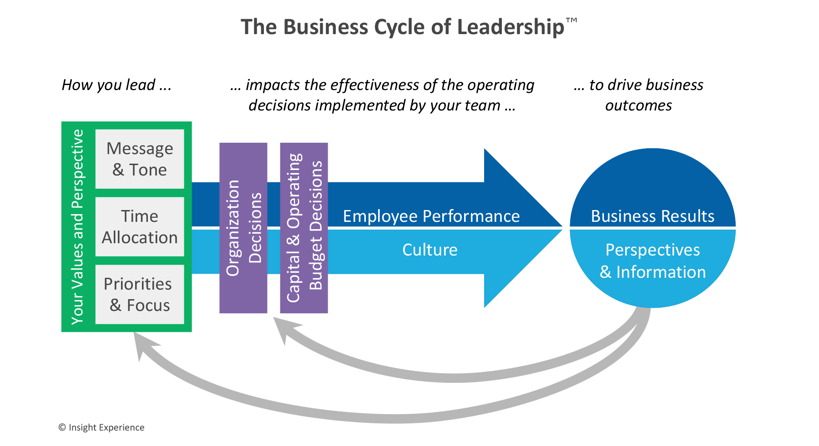It’s no secret that trust is key in an engaging and productive work culture. When crisis strikes, organizations with a strong culture of trust tend to have the highest levels of engagement and productivity.
Look at Dan Price, CEO of Gravity Payments, an organization with a fascinating history and proven culture of trust. Facing the crisis of laying off 20% of his workforce in 2020 or leading his company into bankruptcy, Gravity’s leadership team had some tough decisions to make. Already, this organization had made headlines when several years earlier, Price took a massive pay cut to raise all employees’ wages to $70,000 annual salary.
Trust and listening are inextricably linked. Both scholarly research and commonplace wisdom indicate that that high-quality listening can have many benefits for organizations. This includes strengthened relationships, increased commitment, and better long-term outcomes for the organization (Pery, Doytch & Kluger, 2020).

We see listening heavily employed at Gravity. When the pandemic crisis struck, Price made headlines for another successful compromise. After communicating the pickle they’d found themselves in, Price and his leadership team spent more than 40 hours listening to employees, gathering feedback, and asking for ideas to avoid this massive layoff.
Gravity’s loyal employees came through for Price. Nearly every employee agreed to take a temporary pay cut to keep the organization intact. Gravity Payments has since recovered financially and was able to increase wages, including back pay for the cuts originally taken.
Articles covering this story suggest that Dan and his team accomplished this feat by first being open and honest with employees, and then listening. To a degree, this is true. But we would argue that this favorable outcome would not have been possible without an established culture of trust, one built on a history of listening followed by action.
The Business Cycle of Leadership™ explains this phenomenon. The perspectives and information shared by the people in the organization should inform leaders’ business decisions. As a result, the leaders’ actions shape the perspectives and information employees are willing to share. That cycle of trust (or, in some organizations, mistrust) is a significant driver of business results. The perspective of the employee must inform organizational action.
 It’s not enough to simply listen to employees.
It’s not enough to simply listen to employees.
According to Ballinger and Rockman (2010), relationship perspective and dynamics can be permanently and drastically altered in defining moments, such as a global pandemic causing financials to tank. Employees’ perceptions of these pivotal interactions impact outcomes like organizational commitment and turnover intention (Reynolds-Kueny & Shoss, 2020).
As a result, leaders need to create a consistent cycle of listening and action. A leader’s ability to listen to employee feedback and take consequential action will drive stronger employee performance and continue to develop a culture of trust.
How can leaders start building a culture of trust today? The findings are simple:
-
Leaders should go out of their way to seek the perspectives of their employees.
-
Leaders should take business actions that show they’ve been listening and care what employees have to say.
-
Though one big failure can have a massive negative impact, one great action can have a massive positive impact. An authentic response to a misstep can also help restore trust in an organization and its leaders.
-
This relationship of listening and action is a cycle that illustrates small actions matter. Find ways to listen and deploy action that benefit employees when it matters.
Head here to learn more about the Business Cycle of Leadership™.
References:
Ballinger, G. A., and Rockmann, K. W. (2010). Chutes versus ladders: anchoring events and a punctuated-equilibrium perspective on social exchange relationships. Acad. Manage. Rev. 35, 373–391. doi: 10.5465/amr.35.3.zok373
Pery, S., Doytch, G., and Kluger, A. N. (2020). “Management and leadership,” in The Handbook of Listening, eds D. L. Worthington and G. D. Bodie (Hoboken, NJ: Wiley), 163–179.
Reynolds-Kueny, C., and Shoss, M. K. (2020). Sensemaking and negative emotion sharing: perceived listener reactions as interpersonal cues driving workplace outcomes. J. Business Psychol. 36, 461–478. doi: 10.1007/s10869-020-09686-4

Bethany Bremer
Bethany primarily works on simulation design and facilitates the Leadership Foundations program. She is also a project manager and contributor to the Insight Experience blog. She is passionate about finding the potential in people and processes and developing that potential for remarkable results.









